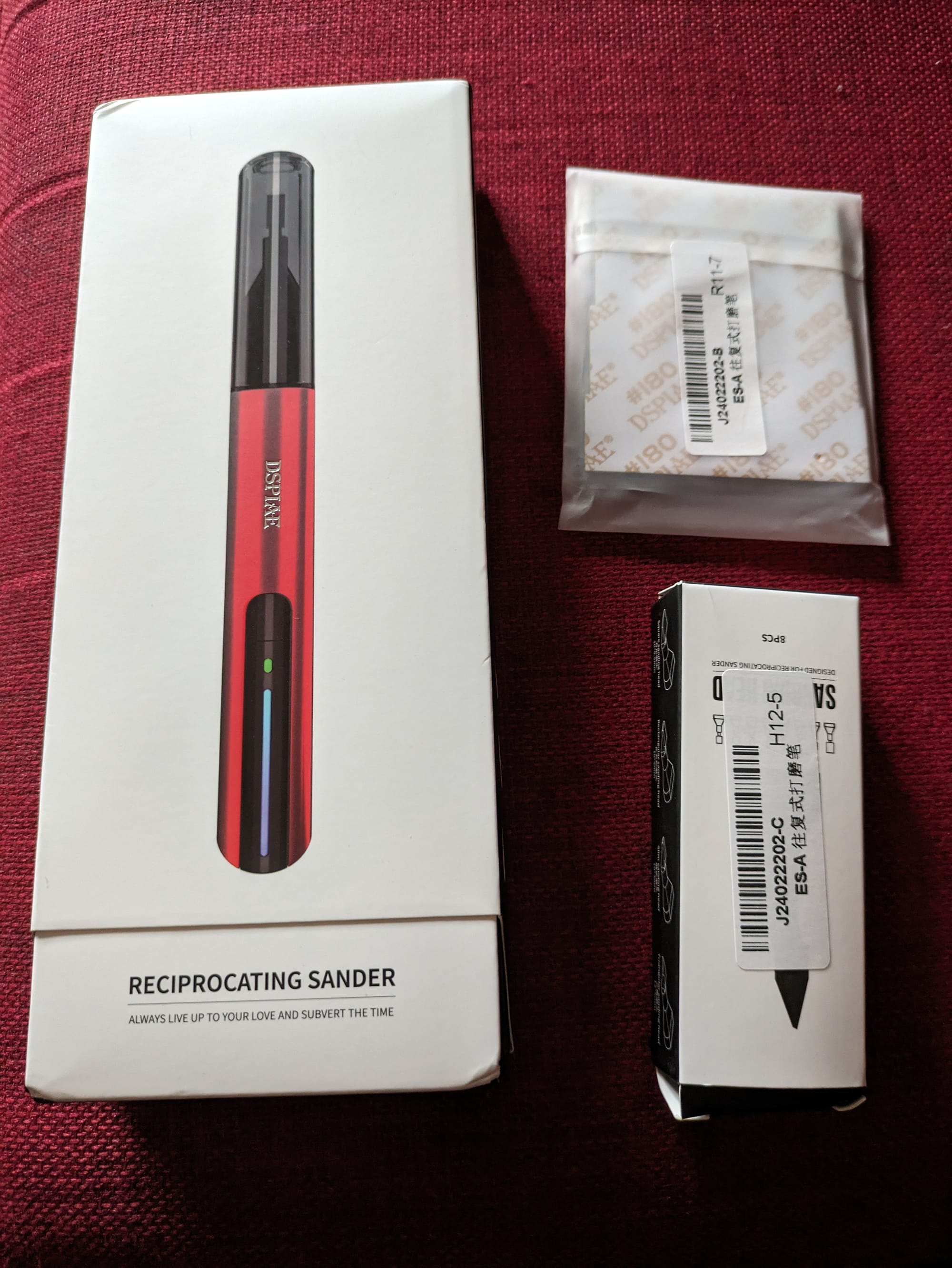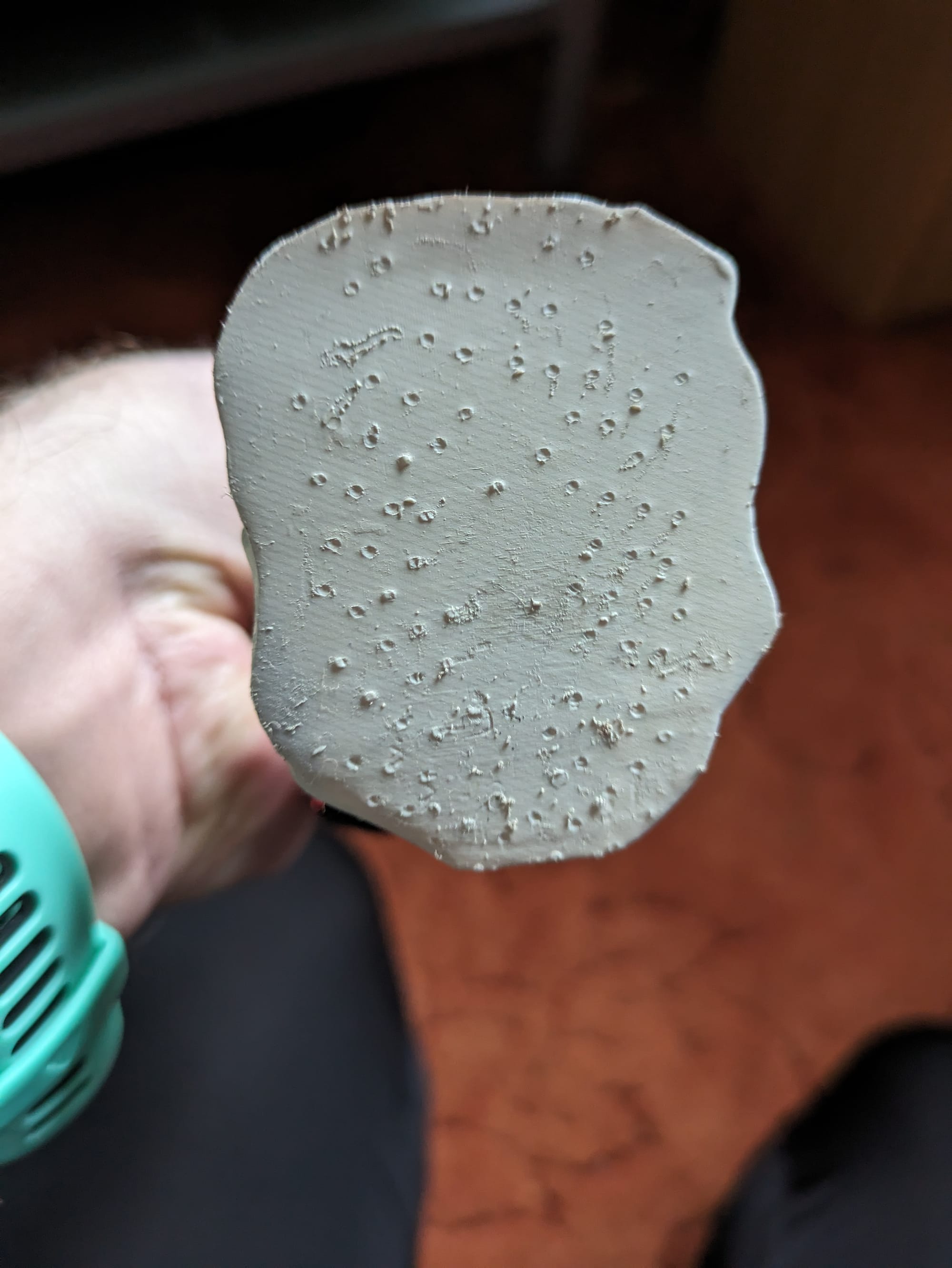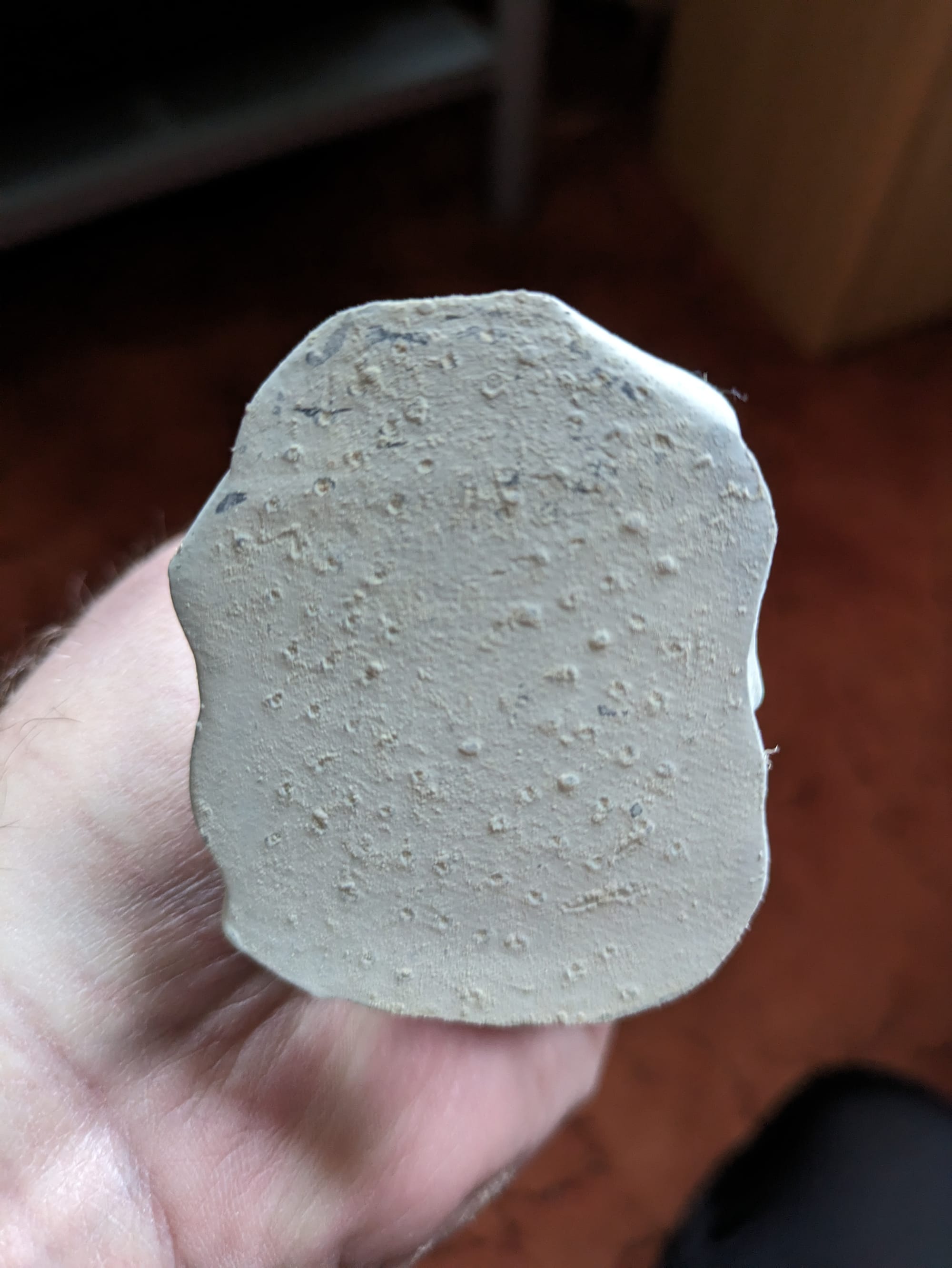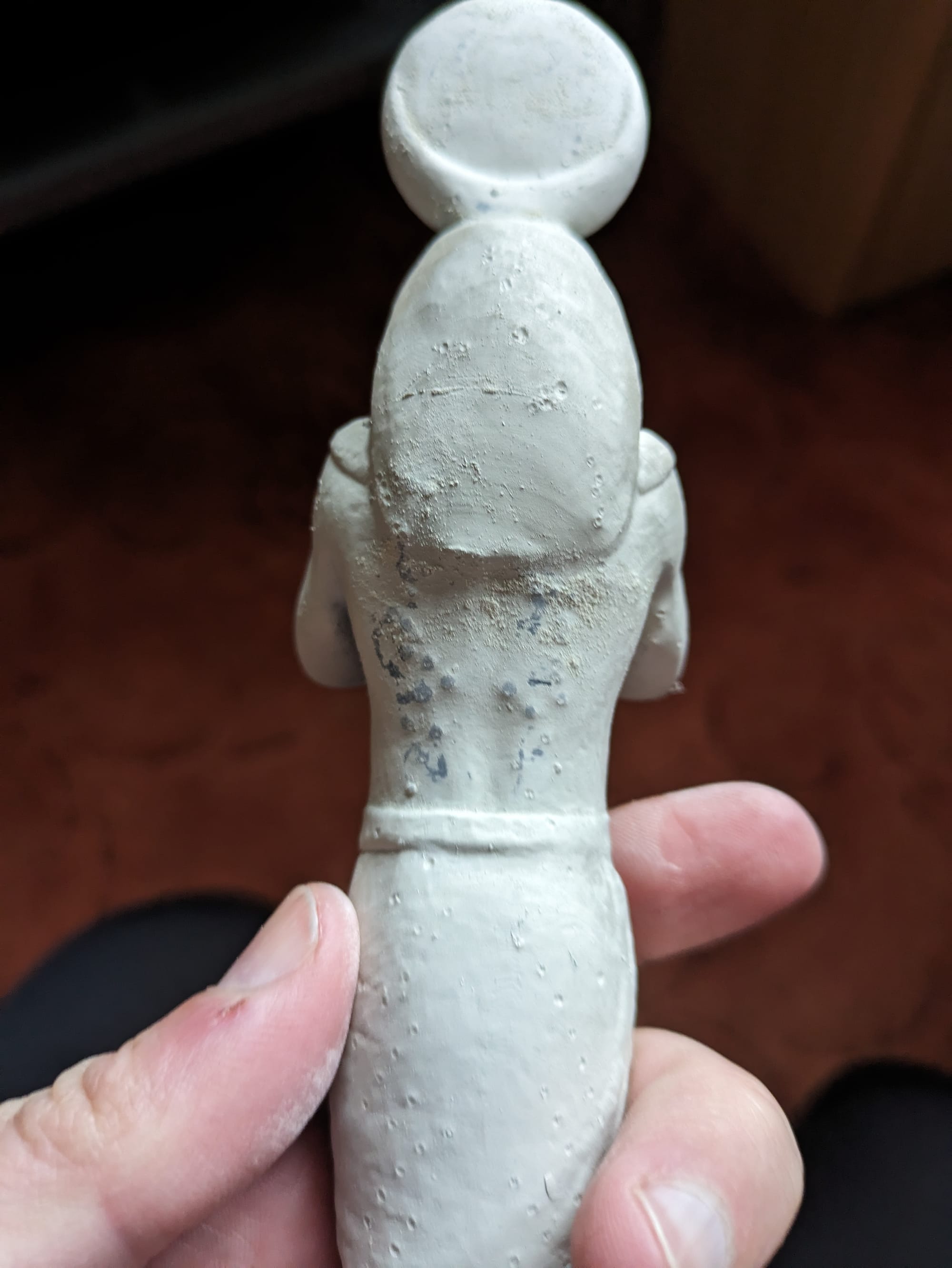DSPIAE Electric model sander review
Introduction
As a maker who frequently sands 3D-printed resin models—from Iron Man helmets to detailed busts—I was on the hunt for a compact, reliable electric sander. I stumbled across the DSPIAE mini sander on AliExpress. This review dives into what you get, how it performs, and whether it’s worth the £50 all-in.
What’s in the Box?
The kit I ordered (total cost £50.38) included:
- DSPIAE electric sander (£27.89)
- Adhesive sanding sheets (£12.39)
- Multiple sanding heads (£4.39)
Note: Turns out I didn’t need to buy heads or sheets separately—they were already included—saving nearly 50%.



Setup & First Impressions
Attaching a sanding pad was straightforward, and once powered up, the sander felt comfortable and nimble in hand. I tested it on a resin figurine base and—despite some initial caution—it sanded efficiently without damaging the delicate surfaces.
Before Sanding


After Sanding


Performance & Best Use Cases
- Resin Models: It handled both ABS-like and standard resin surfaces well, especially on flat and moderately contoured parts.
- Ease of Use: The reciprocating motion mimics manual sanding but with less fatigue. Just don’t apply too much pressure.
- Limitations: Avoid over-sanding—too much pressure can remove detail or leave unwanted marks.
Quick Summary
| Feature | Rating / Notes |
|---|---|
| Setup Ease | ⭐⭐⭐⭐—Simple assembly; included pads and heads |
| Performance | ⭐⭐⭐⭐—Great for resin; smooth and controlled sanding |
| Handling | ⭐⭐⭐⭐—Lightweight and ergonomic for extended use |
| Value for Money | ⭐⭐⭐⭐—Affordable overall, but inventory overlap in kit |
| Use Case | Excellent for hobbyists and small-scale printing touch-ups |
Final Verdict
The DSPIAE electric model sander strikes a great balance between convenience, performance, and price—especially for miniature and resin hobbyists. You just need to learn to let the tool do the work and avoid heavy-handed sanding. For casual makers, it’s a solid add to the toolkit.
About the author
Tim Wilkes is a UK-based security architect with over 15 years of experience in electronics, Linux, and Unix systems administration. Since 2021, he's been designing secure systems for a telecom company while indulging his passions for programming, automation, and 3D printing. Tim shares his projects, tinkering adventures, and tech insights here - partly as a personal log, and partly in the hopes that others will find them useful.
Want to connect or follow along?
LinkedIn: [phpsytems]
Twitter / X: [@timmehwimmy]
Mastodon: [@timmehwimmy@infosec.exchange]
If you've found a post helpful, consider supporting the blog - it's a part-time passion that your support helps keep alive.
⚠️ Disclaimer
This post may contain affiliate links. If you choose to purchase through them, I may earn a small commission at no extra cost to you. I only recommend items and services I’ve personally read or used and found valuable.
As an Amazon Associate I earn from qualifying purchases.